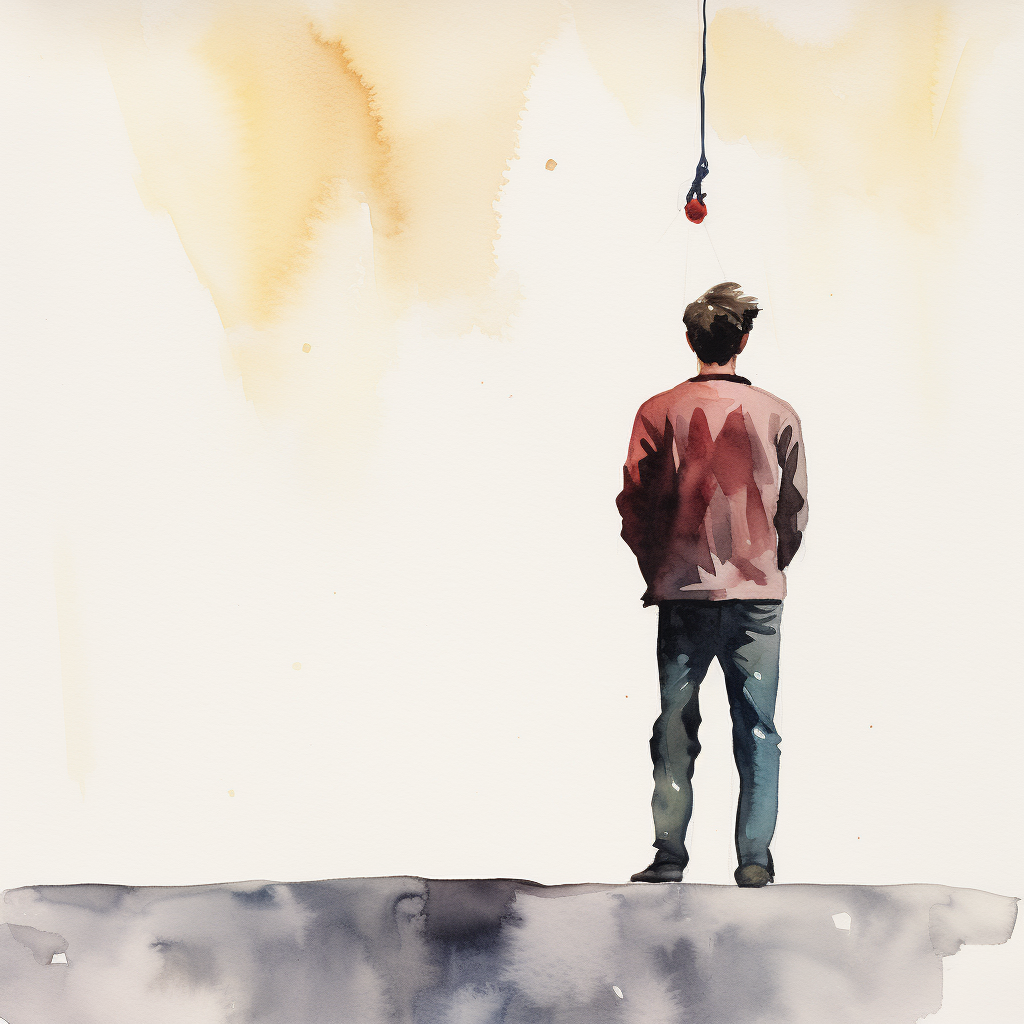Behind the scenes of every film production, a dedicated team of professionals works tirelessly to bring the director’s vision to life. Among them, the Best Boy holds a crucial position, often overlooked by audiences but indispensable to the smooth functioning of a movie set. In this article, we delve into the responsibilities and significance of the Best Boy, shedding light on the vital role they play in the filmmaking process.
- Defining the Best Boy Role: The term “Best Boy” may sound whimsical, but in the world of filmmaking, it refers to a key crew member with essential responsibilities. There are typically two Best Boys on a movie set: the Best Boy Grip and the Best Boy Electric. While the former works in the camera department, the latter is associated with the electrical and lighting department. In both cases, the Best Boy serves as the right hand to the department head, managing day-to-day operations and ensuring that everything runs smoothly.
- Best Boy Grip: The Best Boy Grip plays a pivotal role in the camera department, overseeing the grip team. Grips are responsible for setting up and maintaining all equipment that supports cameras, such as dollies, cranes, and rigging. The Best Boy Grip works closely with the Key Grip, helping to plan and execute complex camera movements. Their responsibilities include managing the grip crew, organizing equipment, and ensuring a safe and efficient working environment.
- Best Boy Electric: On the electrical and lighting side, the Best Boy Electric collaborates with the Gaffer, who is in charge of lighting on set. The Best Boy Electric manages the electric department, including the rigging and placement of lights, generators, and power distribution. They play a critical role in coordinating the electrical aspects of a shoot, making sure that lighting setups align with the director of photography’s vision. Additionally, the Best Boy Electric oversees safety protocols for electrical equipment on set.
- Coordination and Communication: Both Best Boys act as liaisons between their respective departments and the overall production team. Effective communication is crucial, as they relay instructions from the heads of their departments to the crew and vice versa. Their ability to coordinate and collaborate ensures that the technical aspects of the shoot align with the creative vision of the director and director of photography.
- Problem-Solving and Adaptability: Filmmaking is a dynamic and often unpredictable process. Best Boys need to be quick thinkers and problem-solvers, addressing challenges that may arise during shooting. Whether it’s adjusting to changes in the schedule, troubleshooting technical issues, or adapting to unforeseen circumstances, the Best Boy’s ability to think on their feet contributes significantly to the overall success of a production.
- Career Progression: Many experienced Best Boys eventually move on to become department heads themselves. The role serves as a valuable training ground, providing hands-on experience and a comprehensive understanding of the technical aspects of filmmaking. As they gain expertise, Best Boys may progress to roles like Key Grip, Gaffer, or even Director of Photography, bringing their wealth of on-set knowledge to leadership positions.
While the Best Boy may not be a widely recognized figure outside the film industry, their impact on the success of a movie is immeasurable. From coordinating complex camera movements to ensuring a well-lit and safe set, the Best Boy’s contributions are woven into the fabric of every film. As audiences enjoy the final product on screen, it’s worth acknowledging the dedicated individuals behind the scenes, including the unsung hero—the Best Boy—who plays a vital role in bringing cinematic visions to life.
